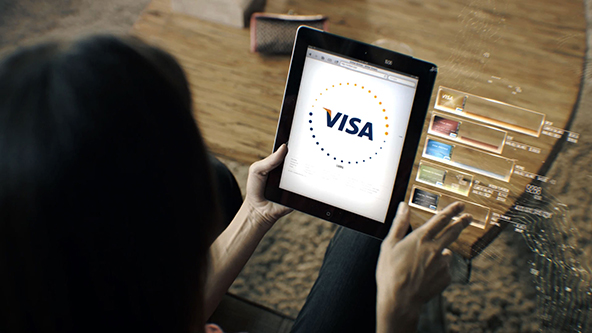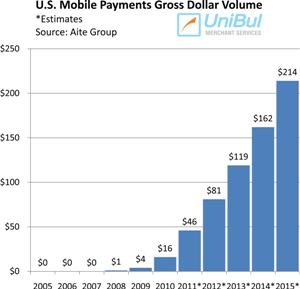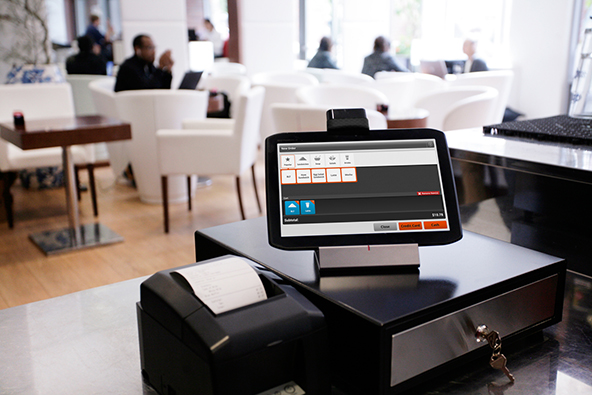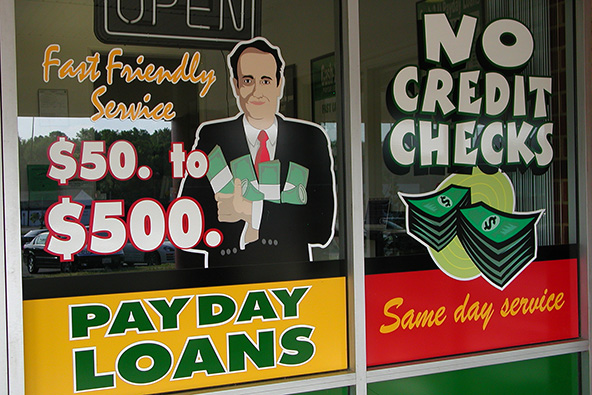Visa’s Digital Wallet Coming to the U.S. in the Fall

Visa, the world’s biggest credit card payment network, will be launching a “digital wallet” service in the U.S. and Canada in the fall of this year, the San Francisco-based company said in a press release. Visa’s is only the latest of a series of digital wallets developed by a string of giants in a range of industries and comes on the heels of a big announcement a week ago that Isis, a joint venture of mobile carriers AT&T, Verizon and T-Mobile is opening up its own digital wallet, scheduled to be released sometime next year, to Visa and rival MasterCard. Previously Isis was supposed to process all of its users’ payments on Discover’s network.
Visa’s Digital Wallet
Visa’s digital wallet will allow users to make payments by “entering an email address, alias or online ID and password, instead of a billing address, account number and expiration date.”
Crucially, users will be able to store in their digital wallets both Visa and non-Visa payment account information. Payments will be accepted in “mobile, eCommerce, social network and retail point-of-sale environments.”
The wallet will allow retailers to send coupons and offers to users who opt in to receive them. It is unclear how much merchants will be charged for this service.
Why Use a Digital Wallet?
OK, so why use this service, rather than your plastic card? Well, the way I see it, it is mostly the convenience aspect of the service that may attract consumers to it. However, there are at least two ways to look at it.
In traditional brick-and-mortar outlets you could be making payments by waving your smart phone, where the digital wallet is located, by the retailer’s contactless point-of-sale (POS) terminal, so that you will no longer have to carry your plastic cards on you. Of course, not all retailers are equipped with contactless POS terminals, but eventually they will be.
The advantage is somewhat more difficult to perceive in an e-commerce environment, which is Visa’s fastest growing payment channel. The idea, as Visa sees it, is that the digital wallet will simplify the e-commerce payment process by allowing a “one-click” checkout. In other words, rather than having to enter their name, 16-digit card number, expiration date, security code, etc., users would be selecting the digital wallet payment option and checking out much like they would if they were using their PayPal account. But then, why would I want to use the wallet for online payments in the first place, if I already have a PayPal account, which does exactly the same thing? American Express will also have to answer this very question in regards to its own wallet – Serve.
The Credit Card Processing Takeaway
 It seems to me that the payment card industry heavyweights are a few years behind the curve on this one. PayPal created a decade ago what the Visas and American Expresses of the world have just now begun to explore as a payment option. There is no doubt that the heavyweights will achieve some level of success, simply because of their huge size and clout. Yet, I just don’t see a reason to sign up for a digital wallet to use for online payments.
It seems to me that the payment card industry heavyweights are a few years behind the curve on this one. PayPal created a decade ago what the Visas and American Expresses of the world have just now begun to explore as a payment option. There is no doubt that the heavyweights will achieve some level of success, simply because of their huge size and clout. Yet, I just don’t see a reason to sign up for a digital wallet to use for online payments.
When it comes to brick-and-mortar stores, however, the landscape looks quite different. No one company has been able to achieve any kind of penetration for its mobile payments offerings to physical retailers, simply because the infrastructure is not yet in place. Still, this will happen in the not-too-distant future and smart phones will replace plastic cards for most consumers. The successful digital wallets will allow users to store all of their credit cards, not just a single brand and Visa is doing the right thing by opening up its wallet to its rivals.
Image credit: Thinkd2c.wordpress.com.


